In the intricate tapestry of nature’s survival strategies, few are as fascinating as mimicry – the remarkable ability of certain creatures to imitate others for protection. Among the master practitioners of this deceptive art are insects, which have evolved an astonishing array of disguises to fool potential predators. From butterflies that resemble toxic species to harmless flies that mimic dangerous wasps, these tiny masters of deception demonstrate evolution’s incredible ingenuity. Their sophisticated mimicry systems represent millions of years of natural selection at work, resulting in some of the most convincing disguises in the animal kingdom. This article explores the fascinating world of insect mimicry, revealing how these small creatures use visual trickery, behavioral imitation, and even sound mimicry to survive in a world full of hungry predators.
The Evolutionary Marvel of Mimicry
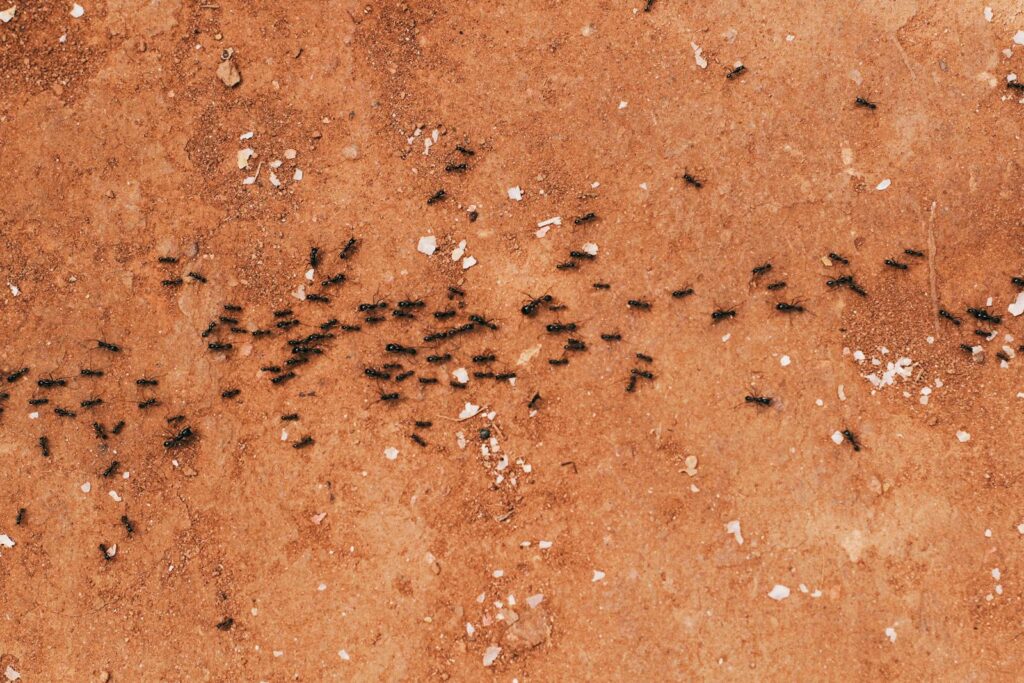
Mimicry in insects represents one of evolution’s most impressive achievements, developing over millions of years through natural selection. When random mutations produce individuals that even slightly resemble a dangerous or unpalatable species, these individuals gain a survival advantage by being avoided by predators. This evolutionary process has been refined over countless generations, resulting in sometimes startlingly accurate imitations that can fool even human observers. Charles Darwin himself was fascinated by mimicry, recognizing it as powerful evidence for his theory of natural selection. What makes insect mimicry particularly remarkable is that it often involves multiple adaptations working in concert – not just appearance, but also behavior, habitat preference, and sometimes even scent or sound.
Batesian Mimicry: Harmless Imposters
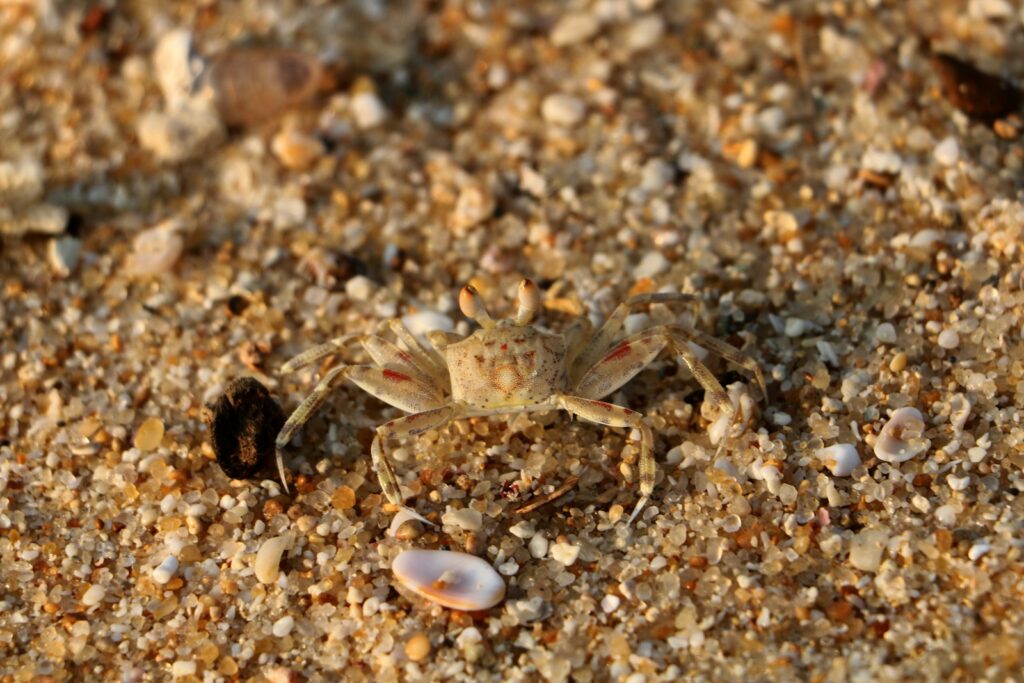
Batesian mimicry occurs when a harmless species evolves to resemble a dangerous or unpalatable one, essentially borrowing the protection of another species’ reputation. The hoverfly represents a perfect example, with its yellow and black striped body bearing a striking resemblance to wasps and bees despite being completely harmless. Another classic example is the viceroy butterfly, which mimics the monarch butterfly’s distinctive orange and black pattern – a warning to predators about the monarch’s toxic compounds acquired from milkweed plants. For Batesian mimicry to be effective, the harmless mimic must be less common than the dangerous model; otherwise, predators might learn that the warning signals don’t always indicate danger. Interestingly, some Batesian mimics are so convincing that they were initially misclassified by scientists as members of the species they imitate.
Müllerian Mimicry: Strength in Similar Appearances
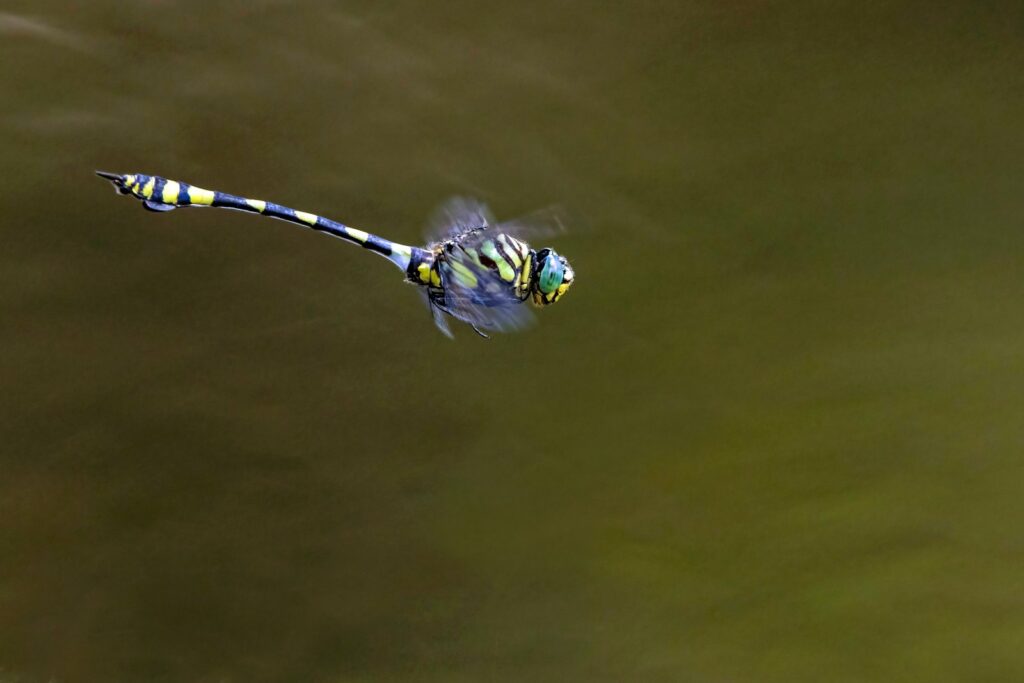
Unlike Batesian mimicry, Müllerian mimicry involves multiple species that are all toxic or dangerous evolving to resemble one another, creating a shared warning signal that predators learn to avoid more efficiently. The classic example involves numerous species of Heliconius butterflies in the Amazon rainforest, which all display similar bright warning patterns despite being different species. This cooperative form of mimicry benefits all participants, as predators need to encounter fewer individuals before learning to avoid the entire mimicry group. The efficiency of this system means that fewer individuals are sacrificed in the “education” of predators about their unpalatability. Research has shown that Müllerian mimicry rings can include dozens of species in some ecosystems, all converging on similar warning patterns despite having different defensive chemicals.
The Remarkable Stick Insects
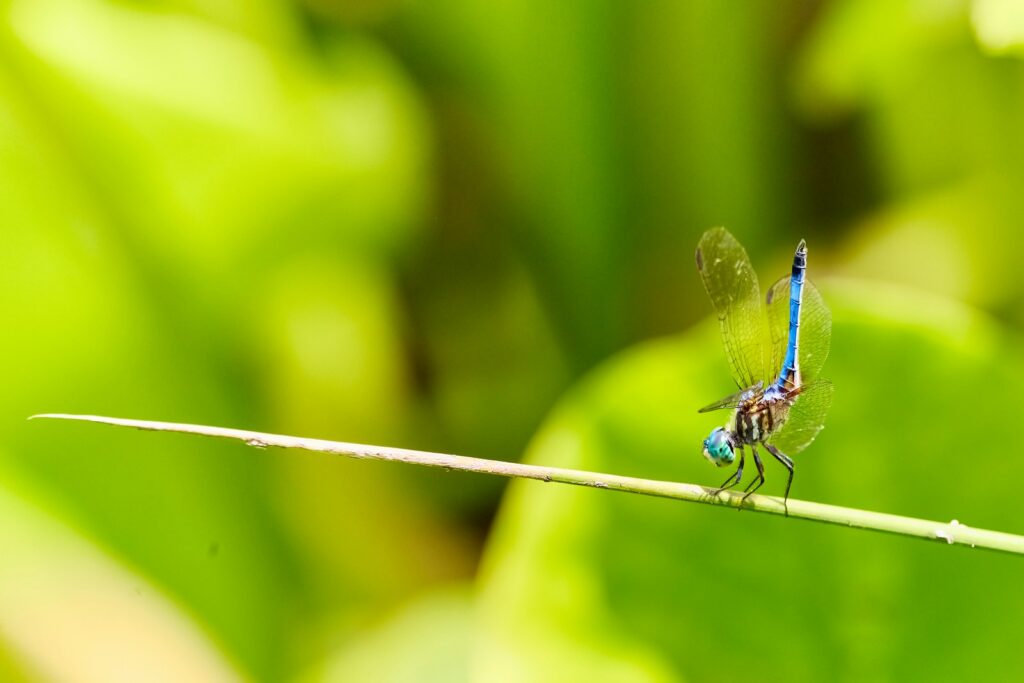
Stick insects represent some of nature’s most committed mimics, with bodies that have evolved to resemble twigs, branches, or leaves with astonishing accuracy. Some species like the giant Malaysian stick insect (Phobaeticus serratipes) can reach over 20 inches in length, perfectly imitating the appearance of branches down to fake “moss” growths and bark-like textures on their exoskeletons. Their commitment to the disguise extends beyond appearance – many species sway gently when the wind blows, mimicking the natural movement of vegetation. Some stick insects even change color seasonally, turning from green in summer to brown in autumn to match changing leaf colors. Their eggs often resemble plant seeds, completing the disguise at every life stage and demonstrating how thoroughly mimicry can permeate a species’ entire biology.
Leaf Insects: Living Foliage

Perhaps even more impressive than stick insects are leaf insects, whose bodies have evolved into perfect replicas of leaves, complete with veins, irregular edges, and even apparent damage marks that mimic leaf-munching by herbivores. The most famous leaf mimic, Phyllium giganteum, has flattened, leaf-shaped bodies with veins that precisely match the pattern of real leaves in their habitat. These insects take their disguise further by adopting behaviors that enhance the illusion – they often remain completely motionless during daylight hours, and some species rock back and forth when disturbed to simulate a leaf moving in the breeze. Female leaf insects are typically better mimics than males, likely because they are larger and slower-moving, making them more vulnerable to predation. Some species can even change their coloration slightly to match seasonal changes in their environment, maintaining the effectiveness of their disguise year-round.
Wasp-Mimicking Flies and Moths
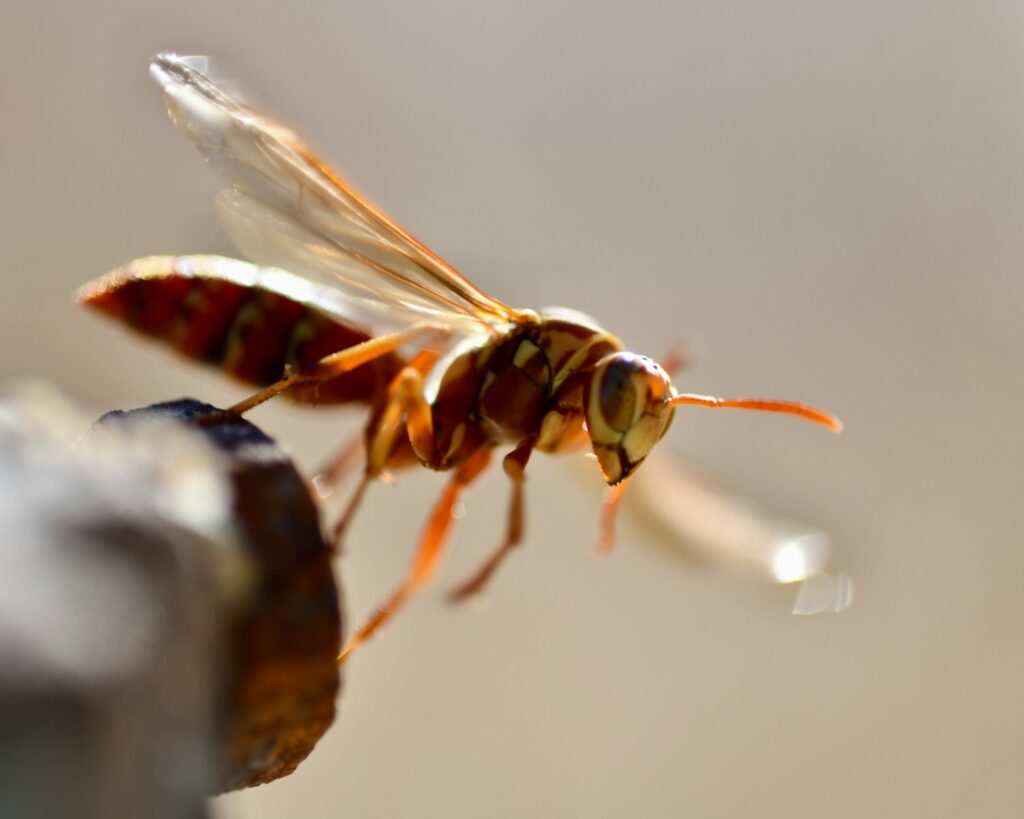
Numerous harmless flies and moths have evolved to mimic the distinctive black and yellow patterns of wasps and hornets, gaining protection by association with these stinging insects. The clearwing moths (family Sesiidae) represent some of the most convincing wasp mimics, with transparent wings, yellow and black striped bodies, and even behavioral traits that mimic wasp movement patterns. Some robber flies are so convincing in their wasp disguise that they have evolved narrow “wasp waists” despite having completely different internal anatomy from actual wasps. These insect mimics don’t just look like wasps – many have adapted their flight patterns to match the distinctive darting movements of wasps, and some even hold their wings and legs in wasp-like positions when at rest. Research has shown that birds are significantly less likely to attack these mimics, demonstrating the effectiveness of their disguise.
Ant-Mimicking Spiders
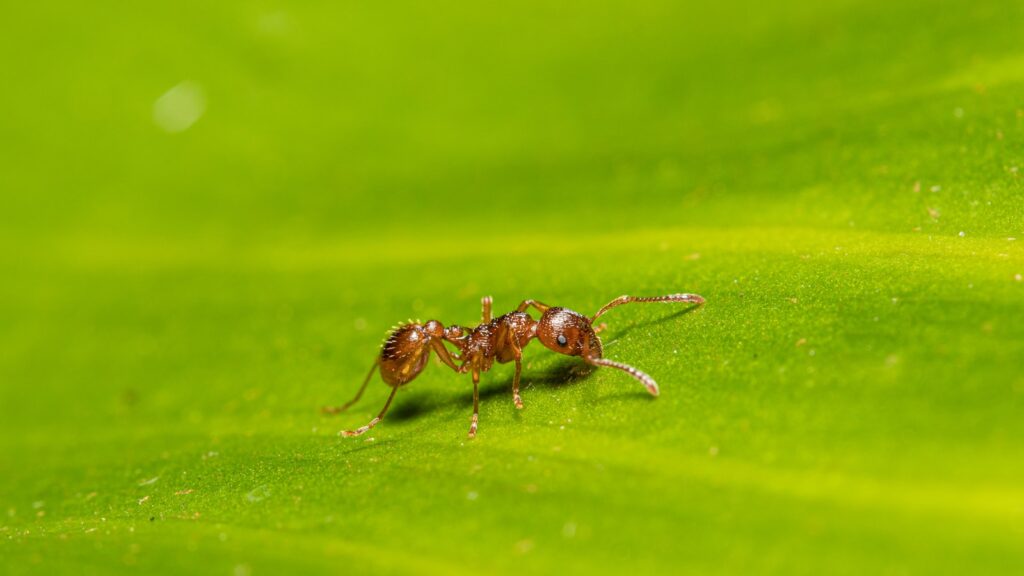
While technically arachnids rather than insects, ant-mimicking spiders deserve mention as some of nature’s most dedicated impersonators. Species in the family Salticidae (jumping spiders) have evolved to look remarkably like ants, with body shapes that appear to have the three distinct segments of an ant rather than the two segments of a spider. These clever mimics hold their front pair of legs aloft and wave them like antennae as they move, completing the illusion of being an ant. Some species even adopt the erratic zigzagging movement patterns characteristic of ants, abandoning the typical direct movement of hunting spiders. This mimicry serves multiple purposes – it protects the spiders from predators that avoid ants due to their defensive capabilities, while also allowing them to hunt ants themselves or prey on insects that don’t recognize the disguised spider as a threat.
Orchid Mantises: Flower Imposters
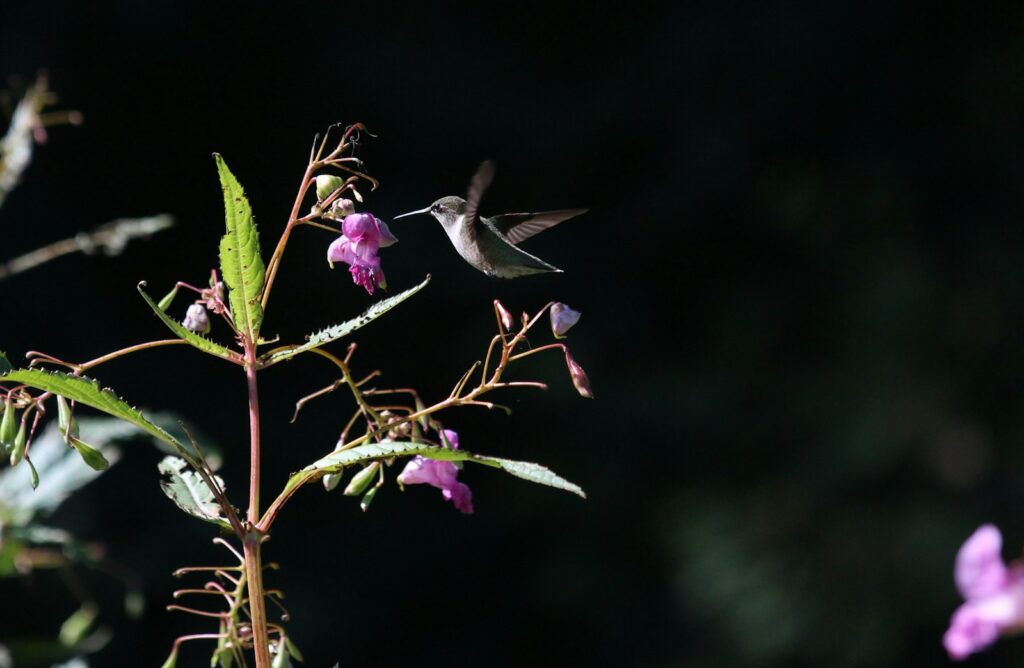
The orchid mantis (Hymenopus coronatus) represents one of the most beautiful and sophisticated examples of mimicry in the insect world, having evolved to resemble an orchid flower with remarkable accuracy. Their bodies feature flattened, petal-like extensions in shades of white and pink that perfectly mimic the appearance of orchid blooms native to their Southeast Asian habitats. Research has shown that these mantises don’t just resemble flowers – they actually attract the same pollinators that real flowers do, effectively using their disguise not just for defense but also as a hunting strategy. Young orchid mantises are often bright pink, resembling flower buds, while adults display more varied coloration that can shift slightly to match their surroundings. Unlike many mimics that try to avoid attention, these mantises actually use their flower-like appearance to attract potential prey, demonstrating how mimicry can serve multiple adaptive purposes.
Dead Leaf Butterflies: Masters of Disguise
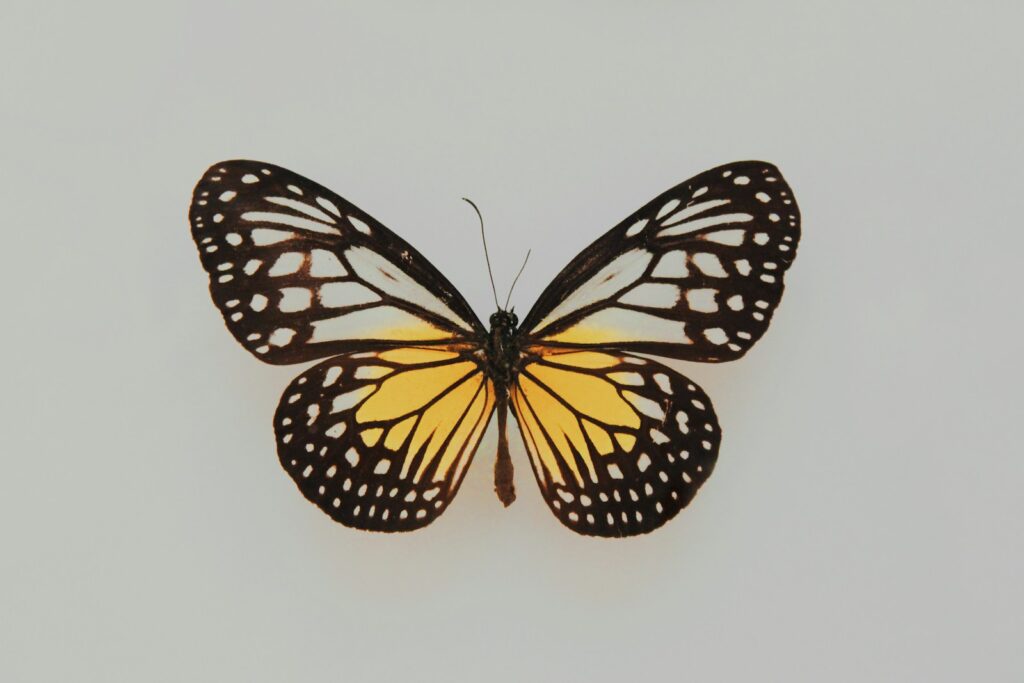
The dead leaf butterfly (Kallima species) demonstrates one of the most perfect disguises in the animal kingdom, with wings that, when closed, look exactly like a dead, dried leaf complete with midrib, veins, and even simulated fungus spots. When these butterflies are in flight, their upper wing surfaces display vibrant blues and oranges, but the moment they land and close their wings, they effectively disappear against the forest floor. This transformation happens in an instant, confounding predators that might be tracking the colorful butterfly in flight. The mimicry extends to behavior – these butterflies often land and hang at angles similar to how dead leaves position themselves when attached to branches. Some individuals even rock slightly when perched, mimicking a leaf moving in a gentle breeze, demonstrating how behavior and appearance work together to create effective disguises.
Ant-Mimicking Plant Hoppers
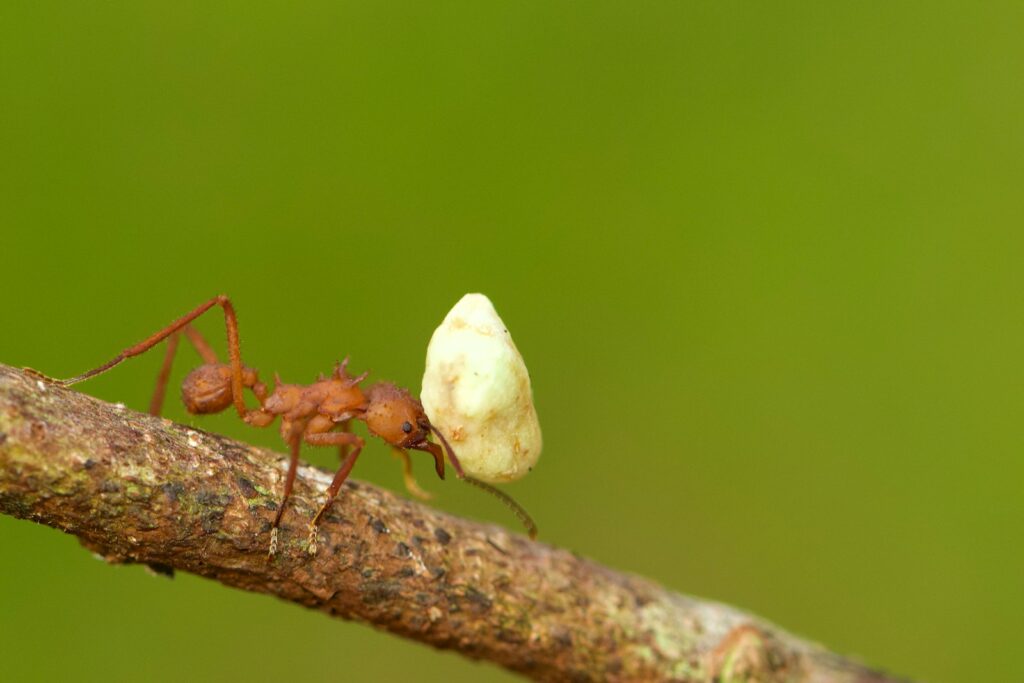
Certain species of plant hoppers (family Fulgoridae) have evolved one of the most unusual mimetic adaptations: their rear ends resemble ant heads, creating the illusion that they’re ants walking in the opposite direction. This bizarre adaptation, seen in nymphs of the genus Phromnia, features an elongated posterior that looks like an ant’s head complete with eyes and antennae. When threatened, these insects move backward, enhancing the illusion that they’re ants moving forward. This form of mimicry confuses predators about which direction the insect is actually moving, making it difficult to predict its escape path. Some species take this deception further by living in proximity to the ants they mimic, gaining additional protection from the ants’ defensive capabilities. Research suggests that predatory wasps and birds are significantly less likely to attack these convincing mimics, showing the effectiveness of even partial resemblance to dangerous models.
Beetle Mimics: Borrowing Warning Signals
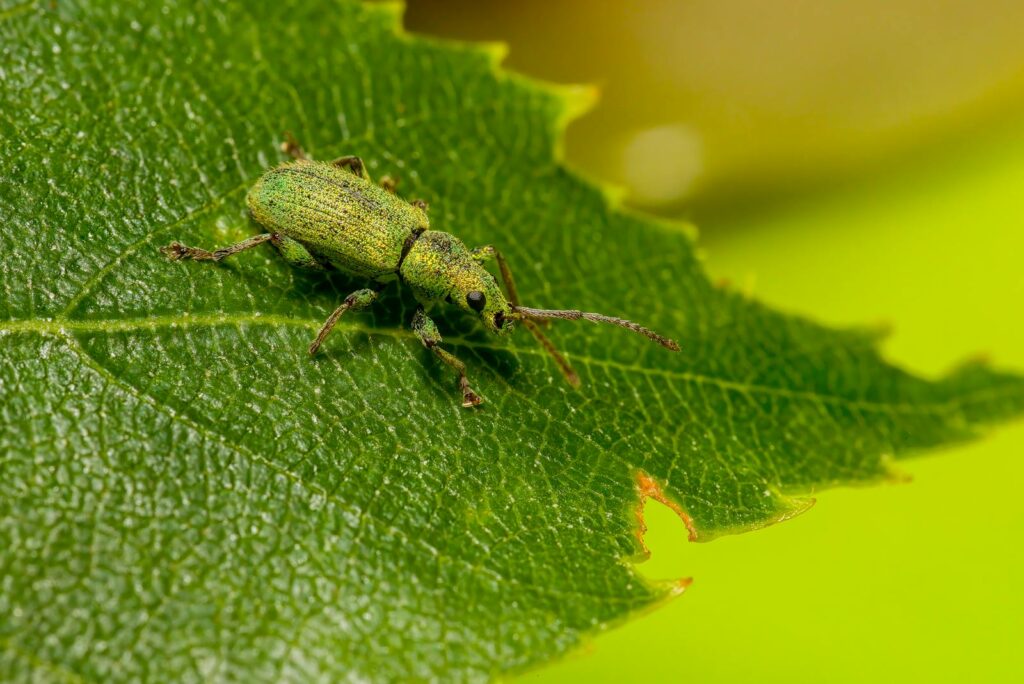
Many harmless beetle species have evolved to mimic the distinctive warning coloration of toxic or distasteful beetles, particularly the red and black patterns of ladybugs or the metallic sheens of blister beetles. The false potato beetle looks remarkably similar to the destructive Colorado potato beetle but lacks its pest status and chemical defenses. Some longhorn beetles (Cerambycidae) have evolved to resemble fireflies, jewel beetles, or even wasps, gaining protection through these false identities. Their mimicry often extends beyond coloration to include body shape, movement patterns, and sometimes even behavior like false stinging motions. Remarkably, some beetle mimics can switch their disguise between life stages – appearing like one type of insect as larvae and a completely different one as adults, maximizing their protection throughout their lifecycle.
Sound Mimicry: Acoustic Deception
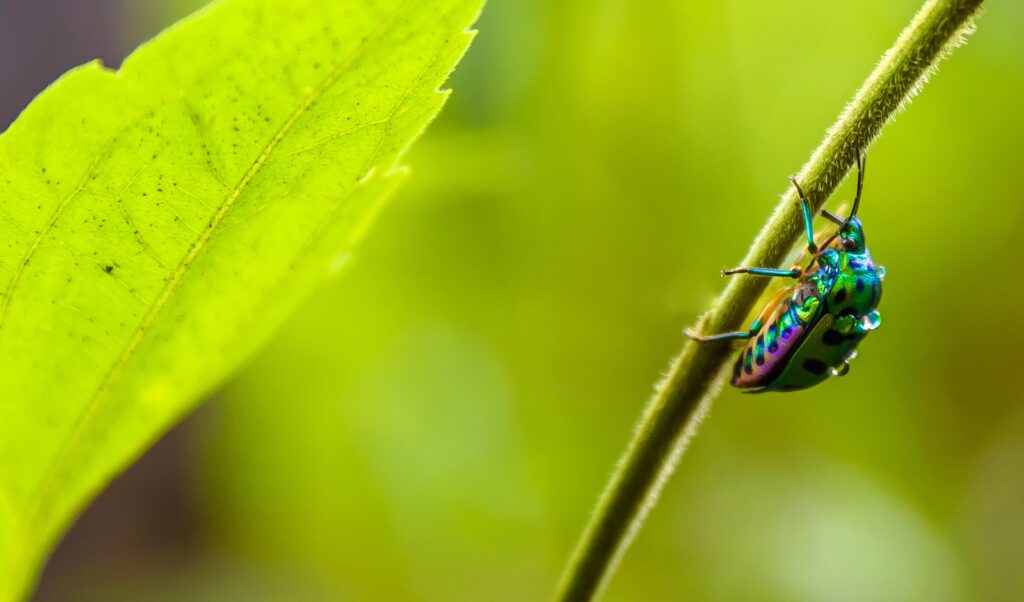
Beyond visual mimicry, some insects have evolved to imitate the sounds of dangerous animals as a defensive strategy. Certain tiger moth species produce ultrasonic clicks that mimic the echolocation patterns of bats that have had negative experiences with toxic moths, essentially “jamming” the predator’s hunting signals. The hawk moth Xylophanes falco can produce a sound remarkably similar to the alarm calls of the bees it resembles, enhancing its visual disguise with acoustic deception. Some crickets and katydids have evolved calls that resemble those of vertebrate predators in their habitat, deterring potential attackers through sound alone. This acoustic mimicry represents a sophisticated extension of visual deception, creating multi-sensory disguises that are even more convincing to potential predators.
The Evolutionary Arms Race of Mimicry
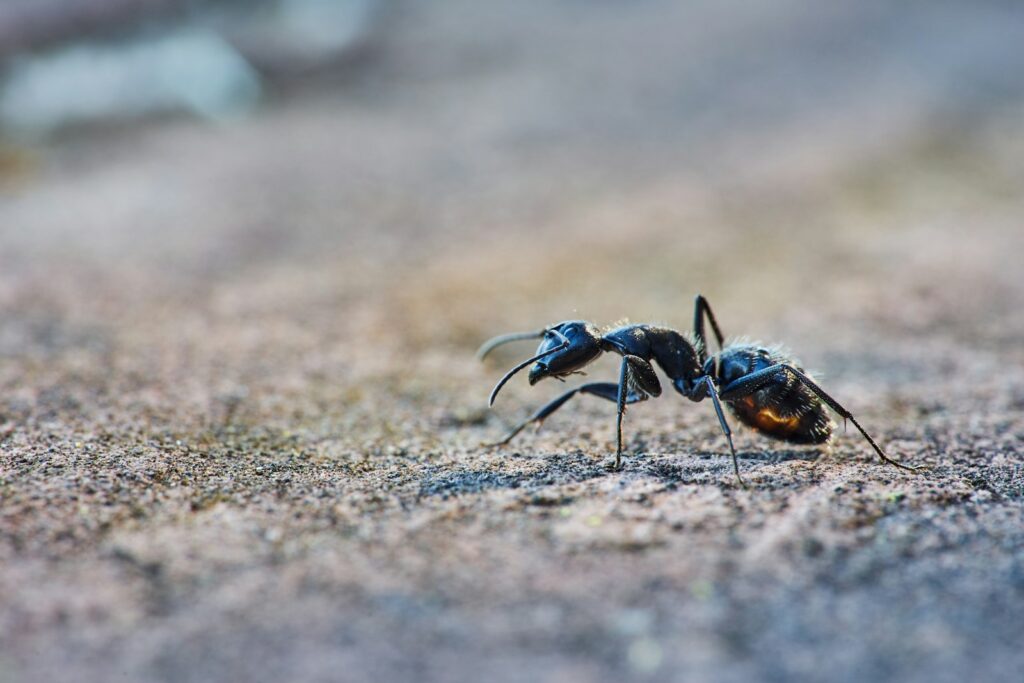
Insect mimicry exists within a continuous evolutionary arms race, where both mimics and the predators they hope to fool are constantly evolving. As mimics become more convincing, predators develop enhanced detection abilities to see through these disguises, creating pressure for even better mimicry. Scientists have documented cases where mimic populations show greater resemblance to their models in areas with higher predator density, demonstrating natural selection at work. Some predators have evolved specific neural mechanisms to detect subtle differences between mimics and their models, particularly in cases of Batesian mimicry where identifying the harmless mimic would provide a meal. This dynamic relationship drives the remarkable precision of many mimetic systems and explains why some mimics achieve such astonishing accuracy in their disguises – anything less perfect might not fool increasingly sophisticated predator visual systems.
Climate Change and the Future of Insect Mimicry
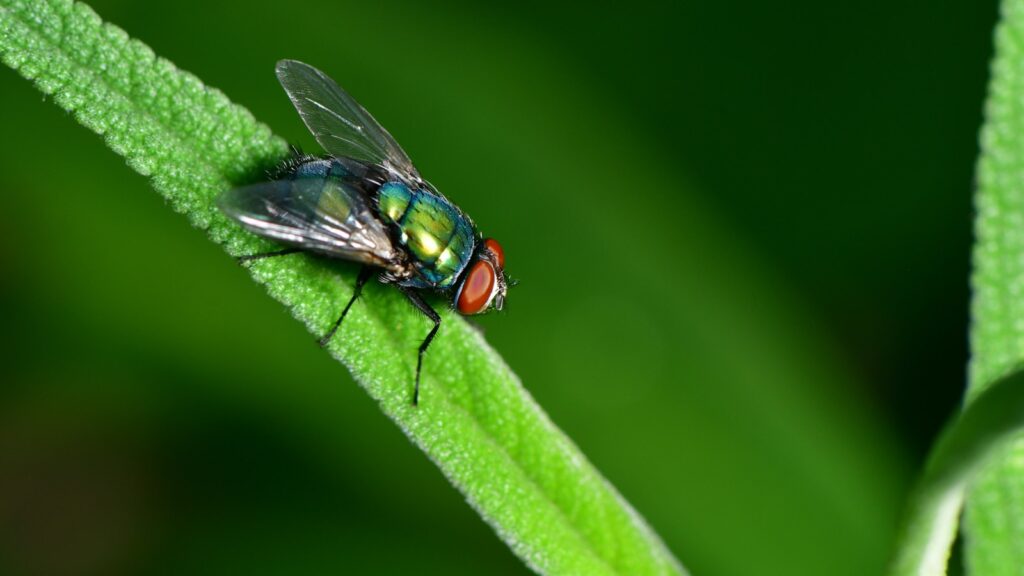
Climate change presents new challenges for mimetic relationships that have evolved over millions of years under relatively stable conditions. As habitats shift and species ranges change, some mimics may become separated from their models, reducing the effectiveness of their protective resemblance. Temperature changes can affect the development of color patterns in many insects, potentially disrupting the precision of mimetic resemblances that depend on exact pattern matching. Research suggests that some mimic-model systems are already showing signs of disruption, with mimics emerging at different times than their models due to altered seasonal patterns. Conservation efforts must consider these complex ecological relationships, recognizing that protecting mimetic systems requires preserving both the mimics and the models they resemble, along with the predators that drive the evolution of these remarkable adaptations.
conclusion
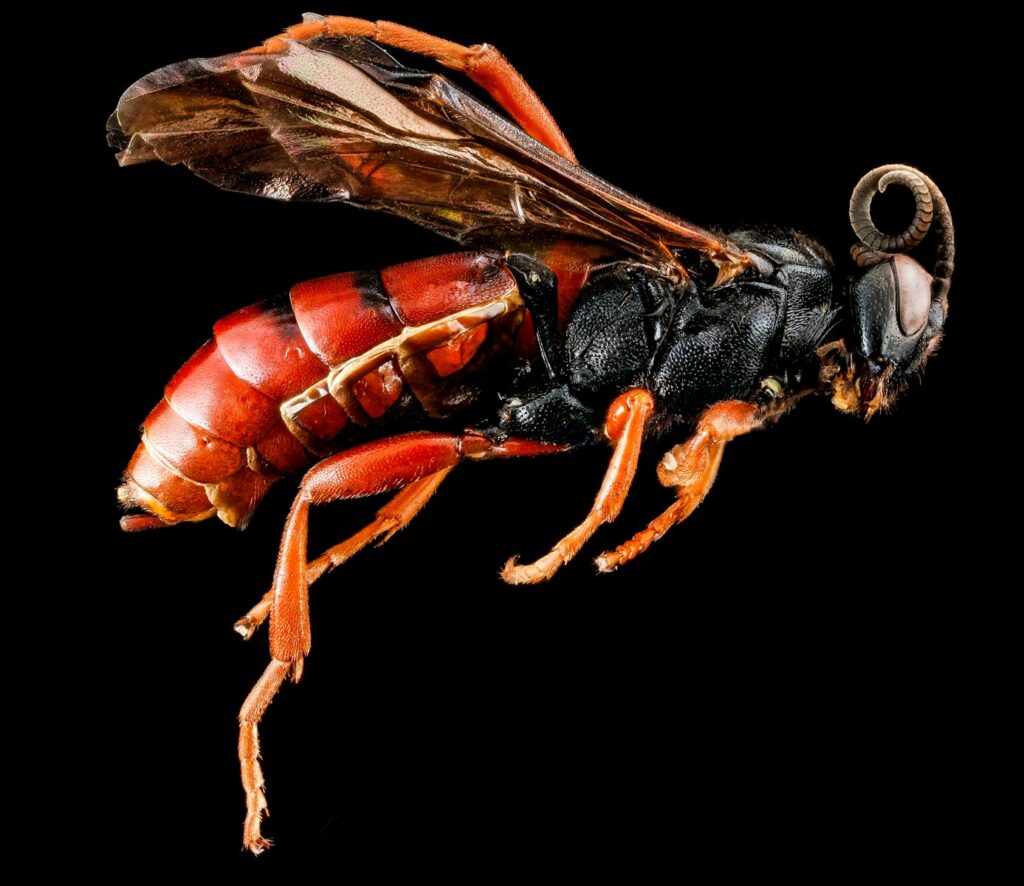
The intricate world of insect mimicry showcases nature’s extraordinary problem-solving abilities through evolution. These tiny masterminds of deception have developed some of the most sophisticated disguises on the planet, turning their bodies into living canvases that portray other species with remarkable accuracy. From stick insects that disappear against vegetation to harmless flies sporting the warning colors of wasps, these adaptive strategies reveal the incredible pressure that predation places on prey species. As we continue to study these fascinating relationships, we gain deeper insights into evolutionary processes and the complex interactions that shape ecosystems. Insect mimicry serves as a powerful reminder that in nature’s grand struggle for survival, sometimes the best defense isn’t fighting back or running away – it’s convincing your predator that you’re something else entirely.

